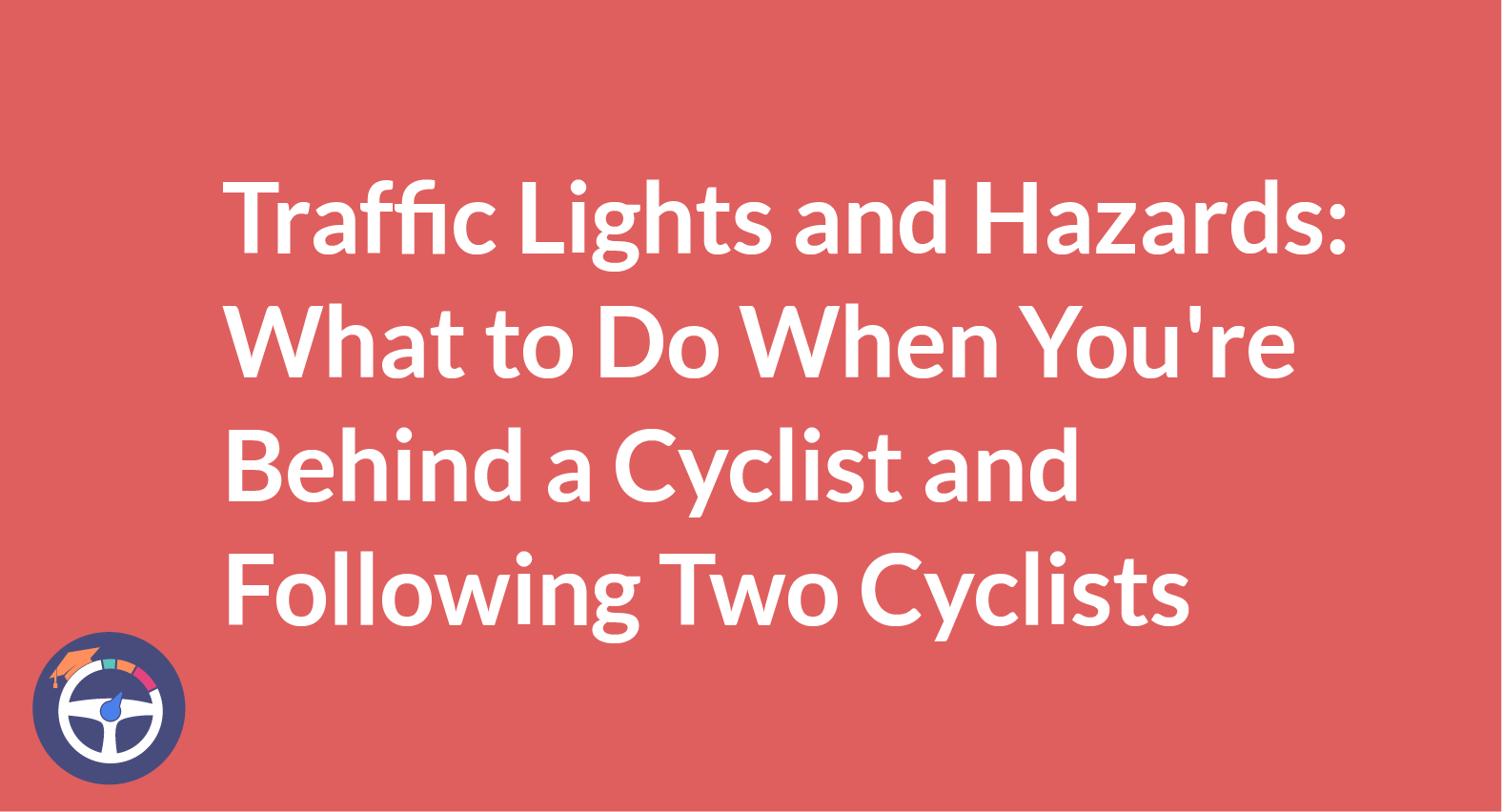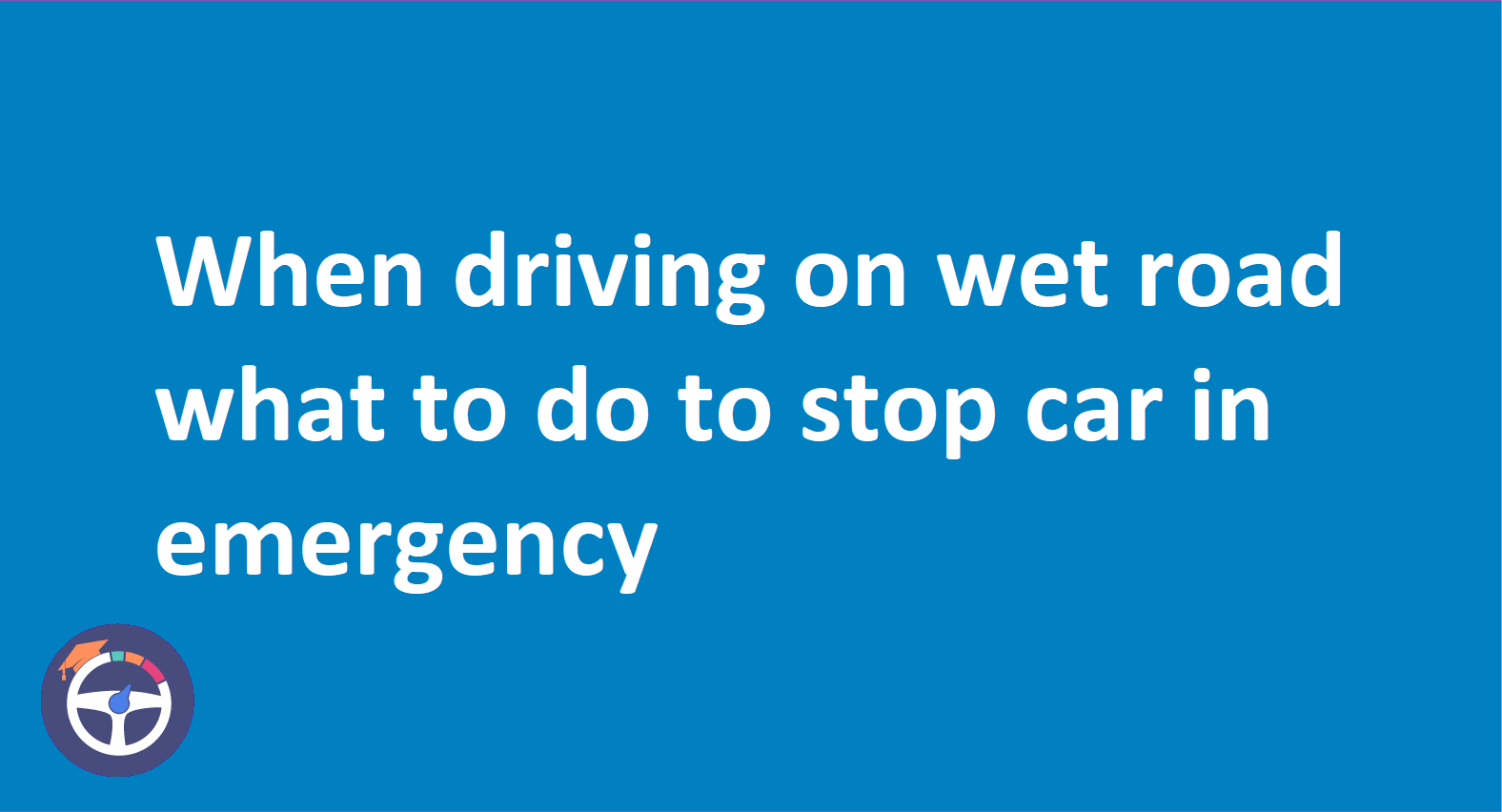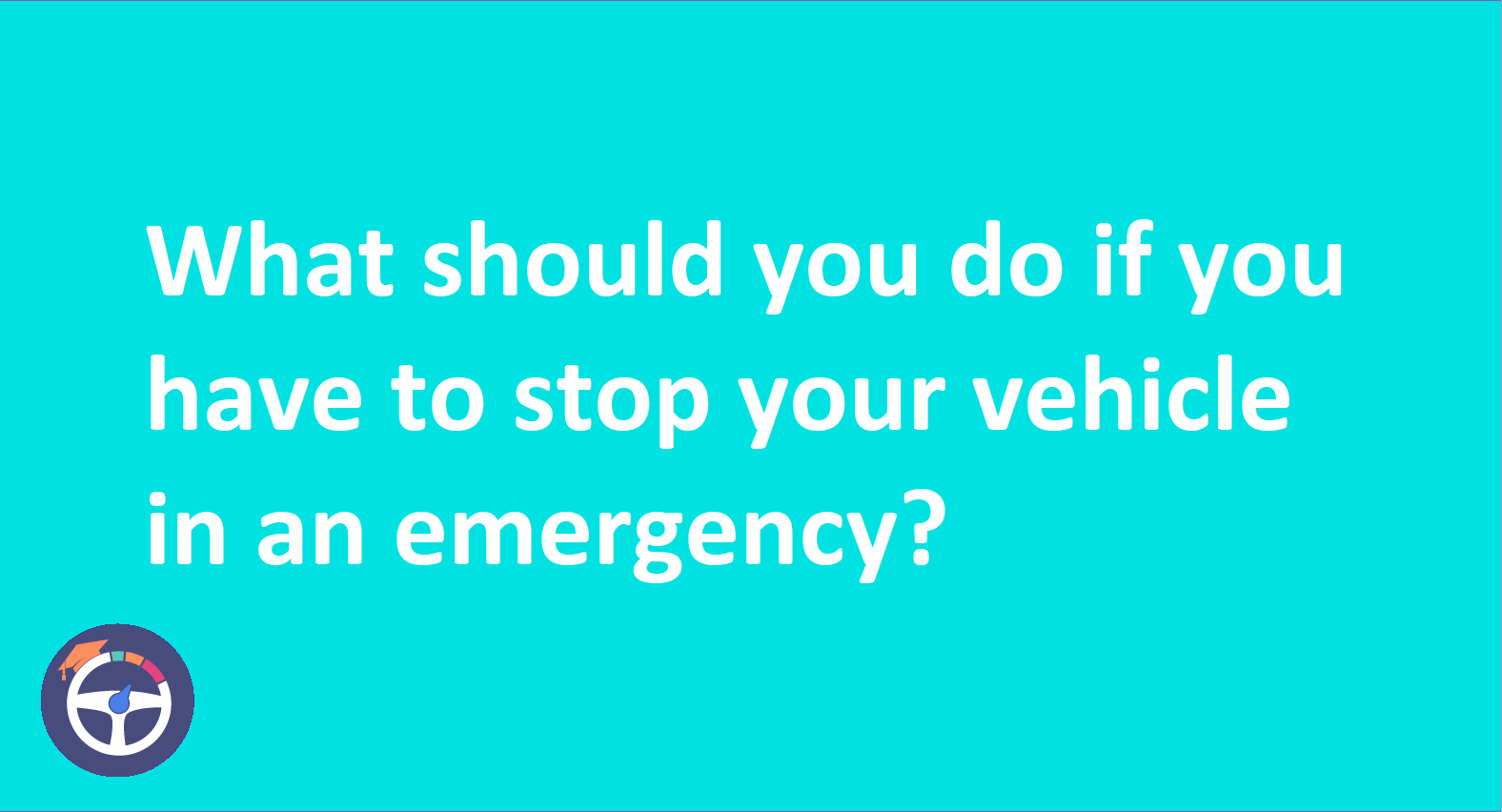Cyclist Traffic Lights and Hazards: What to Do When You're Behind a Cyclist and Following Two Cyclists
When you're behind a cyclist and following two cyclists, maintain a safe distance, be patient, and pass them only when it is safe and legal to do so.

Contents
- Cyclist Traffic Lights and Hazards: What to Do When You're Behind a Cyclist and Following Two Cyclists
- Important Guidelines For Sharing The Road With Cyclists:
- Cyclist Traffic Lights:
- Two riders riding side by side:
- That’s All
- FAQ
- In the event that the cyclist runs a red light should I pursue them?
- Who has the right of way when a cyclist approaches the intersection from the opposite side while I’m turning right on red?
- I’m at a traffic light. Can I signal a cyclist to move by honking my horn?
- What happens if I turn at a traffic light and unintentionally run over a cyclist?
- Are there any particular hand signals that cyclists use at stop signs that I should know about?
Drivers must exercise caution and awareness when navigating traffic signals. Especially while using the road alongside more vulnerable users such as cyclists. This blog emphasizes the fundamental ideas and recommended procedures for making intersections safe and easy to navigate while promoting mutual respect and awareness between motorists and cyclists. You can help create a more upbeat and cooperative atmosphere while driving by adhering to these rules.
Important Guidelines For Sharing The Road With Cyclists:
Remember that bikes are vehicles too so treat them with the same decency and consideration as any other kind of transportation. Their space is entitled and they have the right of way. Consider them to be tiny automobiles that are weaker and in need of your whole focus.
See and Be Aware: Before changing lanes, turning, or merging into traffic actively scan your mirrors and blind spots for cyclists. Recall that they could be simpler to overlook and smaller. When passing a cyclist give them the royal treatment and give them plenty of room—at least three feet or one meter—between your car and their bicycle. To guarantee enough space, think about changing lanes. Keep in mind that approaching too closely can be dangerous and intimidating.
Be Consistent: Give plenty of notice before turning or merging close to bicyclists especially. This allows them time to respond and steer clear of any abrupt movements that might startle them.
Lights Matter! Cyclists must be seen in low light just like cars. Remember that they need to be seen in order for you to be safe so exercise extra caution at dawn and dusk.
Cyclist Traffic Lights
Let’s address those bike traffic signals now:
All vehicles including bicycles must abide by the phrase Red Light Red Alert. Even if you’re following them you have to stop when they stop at a red light. It’s against the law and risky to try to sneak past or creep forward.
Green Light Go (Cautiously)! When the light turns green, wait patiently for the cyclist to pass before continuing. Don’t try to squeeze past them or move quickly. Keep in mind that they might be completely stopped and require additional time to get moving.
When turning left don’t merely rely on the green light instead look left look right look again. Even if it appears clear, always look out for cyclists approaching from behind. They may have the right of way so you both might avoid an unpleasant surprise with a quick look.
Two riders riding side by side:
It may be intimidating to come across two cyclists riding side by side but don’t panic! Here’s what to do:
Regard them as a single entity. Give them a minimum of 3 feet (1 meter) of space the same as you would for a lone cyclist. It is against the law and dangerous to try to divide them up. Hold off until your opportunity.
Wait until they have safely passed or transitioned to a single file before attempting to squeeze past them. In this case, patience is essential. Keep in mind that like you they should feel respected and safe when driving. Try to be courteous and patient.
Being considerate to one another is essential when sharing the road. You can make sure that everyone has a pleasant and safe experience by being aware of how cyclists behave and by heeding this advice.
Recall that sharing the road is a duty as well as a right. Everyone benefits from a safer and more enjoyable environment when you take the time to comprehend and show respect for cyclists. Keep in mind that those two wheels like any other car on the road deserve your attention.
That’s All
Keep these things in mind the next time you see a cyclist at a stop sign: slow down, pay attention, and share the road sensibly. Happy and safe travels! Remember every considerate choice you make helps to create a welcoming and secure driving environment for everyone.
FAQ
1. In the event that the cyclist runs a red light should I pursue them?
Without a doubt! Never follow a car that is breaking the law including cyclists who run red lights. This is against the law and dangerous if something goes wrong you might be held accountable. Keep your cool and move forward safely as soon as the light turns green.
2. Who has the right of way when a cyclist approaches the intersection from the opposite side while I’m turning right on red?
Even with a green light to turn right the cyclist usually has the right-of-way. When making a right on a red light you should always yield to oncoming traffic, especially bicycles. Before crossing the intersection make sure it is clear by looking both ways.
3. I’m at a traffic light. Can I signal a cyclist to move by honking my horn?
Bicyclists are typically regarded as impolite and hostile when you honk your horn at them. It might also frighten them which could result in a mishap. If there’s no other reason to use your horn like alerting them to an impending danger then don’t.
4. What happens if I turn at a traffic light and unintentionally run over a cyclist?
Remain composed and come to an immediate stop. Inspect the rider and if required contact emergency services. Keep working with the authorities and don’t leave the scene. Never forget that making sure everyone is safe is your top priority.
5. Are there any particular hand signals that cyclists use at stop signs that I should know about?
Certainly, riders are able to indicate their intentions with hand signals such as stopping, turning left, or turning right. Knowing standard hand signals will enable you to anticipate their movements and drive more safely with others.


